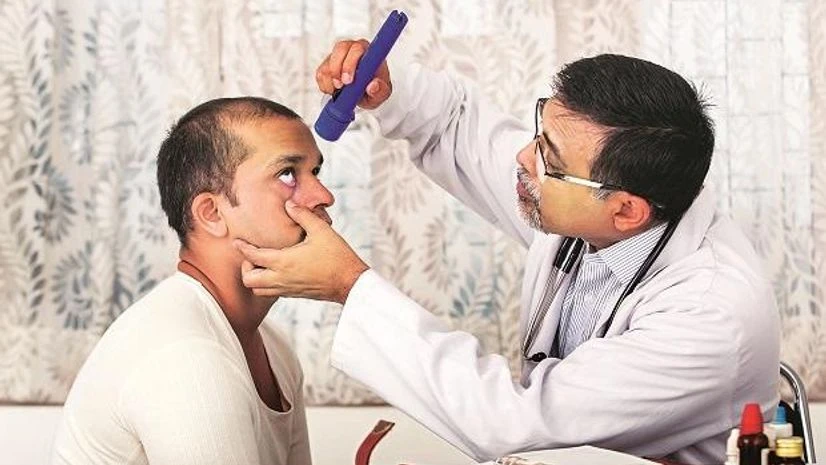There is one doctor for every 1,445 Indians as per the country's current population estimate of 135 crore, which is lower than the WHO's prescribed norm of one doctor for 1,000 people, the government told Parliament on Tuesday.
Replying to a written question in the Rajya Sabha, Union Minister of State for Health Ashwini Choubey said a total of 11,59,309 allopathic doctors were registered with the state medical councils and the Medical Council of India (MCI) as on March 31.
Assuming an 80-per cent availability, it was estimated that around 9.27 lakh doctors were available for active service, which put the allopathic doctor-patient ratio at 1:1445, the minister said.
Besides, there were 7.88 lakh ayurveda, unani and homeopathy (AUH) doctors in the country and assuming an 80-per cent availability, it was estimated that around 6.30 lakh doctors practising traditional systems of medicine were available for service and considered together with allopathic doctors, it threw up a doctor-patient ratio of 1:860, Choubey said.
However, the ratio suggested by the World Health Organisation (WHO) in this regard was 1:1000, he added.
Also Read
Responding to a question on the action taken to address the shortage of doctors, Choubey stressed that public health and hospitals being a state subject, the primary responsibility to provide healthcare facilities to the citizens was with the state governments.
He, however, elaborated on the steps taken by the health ministry to optimise the number of doctors and specialists in the country, including increasing the number of seats in the under-graduate and post-graduate levels at various medical educational institutes and medical colleges across the country and encouraging doctors to work in remote and difficult areas.
The minister said the government was also encouraging the states to adopt flexible norms for engaging specialists at the public health facilities by various mechanisms like "contracting in" and "contracting out" of specialist services under the National Health Mission (NHM).
The states were also allowed to offer negotiable salaries to attract specialists, including flexibility in strategies such as "you quote, we pay".
Financial support was also provided to the states for giving performance-based incentives, accommodation and transport facilities in rural and remote areas, sponsoring training programmes etc. to attract human resources to address the issue of shortage of doctors and specialists, Chowbey said.
Support was also provided to the states and Union territories in terms of hard area allowance for specialist doctors who served in rural and remote areas as well as for their residential quarters, he added.
Also, the states were advised to put in place transparent policies of posting and transfer, and ensure a rational deployment of doctors.
As the posts at health facilities were filled up by the respective state or Union territory, they were impressed upon from time to time to fill up the vacant positions, Chowbey said.
Under the NHM, financial and technical support was provided to the states and Union territories to strengthen their healthcare systems, including support for in-sourcing or engagement of doctors, specialist doctors and other staff on a contractual basis and to improve other facilities in government hospitals as per the Indian Public Health Standards (IPHS), the minister informed.

)
